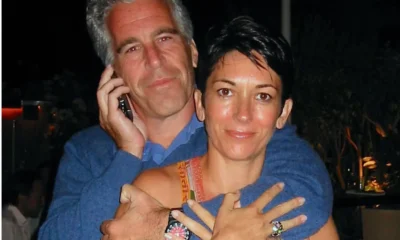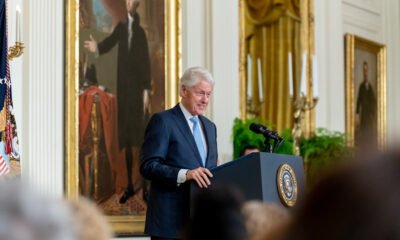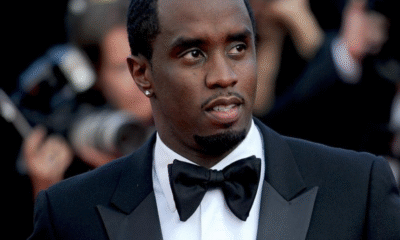Politics
Prominent Conservative Activist Charlie Kirk Shot During Utah University Event

Conservative Leader Charlie Kirk Critically Injured in Shooting at Utah Valley University
Charlie Kirk, the CEO and co-founder of Turning Point USA, was shot Wednesday afternoon while leading a public event at Utah Valley University, according to law enforcement and university statements. Witnesses report that Kirk was speaking before a crowd of students and supporters under a large tent when a single gunshot rang out, striking him in the neck and causing a scene of panic and chaos.
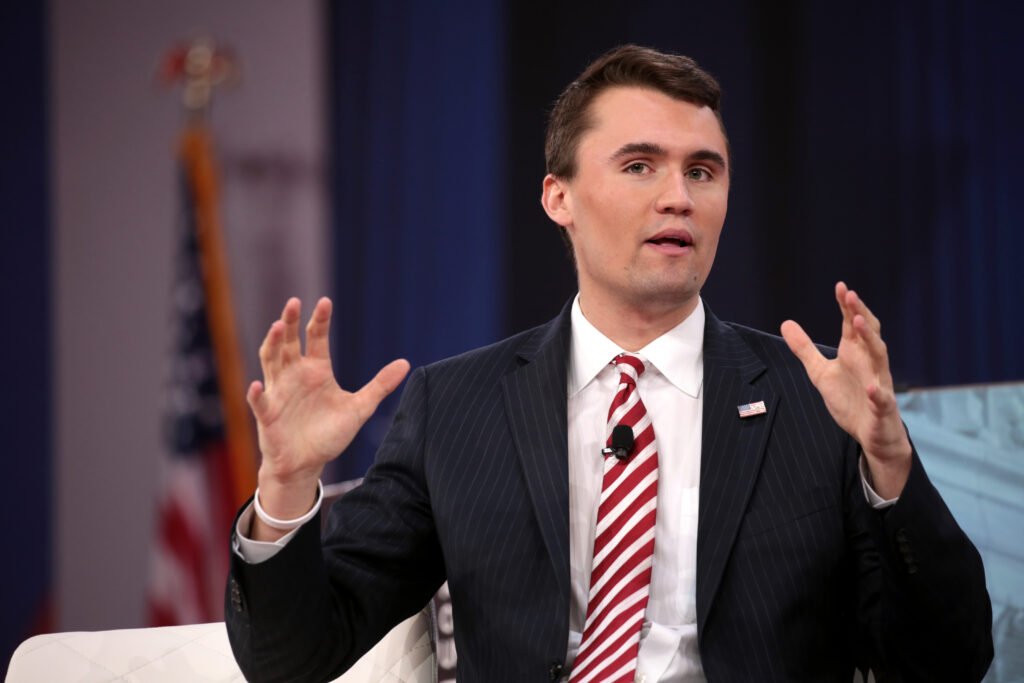
Kirk was quickly evacuated by his security team and rushed to a local hospital, where his condition was described as critical by officials. Videos circulated online within minutes, capturing the moment he was shot and the immediate reaction of the audience.
Campus police and the FBI responded rapidly, securing the area and launching an investigation. A suspect was initially believed to be in custody, but the university later clarified that police were still searching for the shooter. The motive remains unknown, and authorities have not released further details about the suspect.
Kirk, known for his outspoken conservative positions and close ties to former President Donald Trump, was scheduled to kick off the “American Comeback Tour” at the Utah Valley University event. The shooting has been condemned across the political spectrum, with President Trump and other leaders offering prayers and urging unity in the aftermath.
The incident comes amid a period of heightened political tension in the United States. University officials, student groups, and national leaders have all called for calm as the investigation continues.
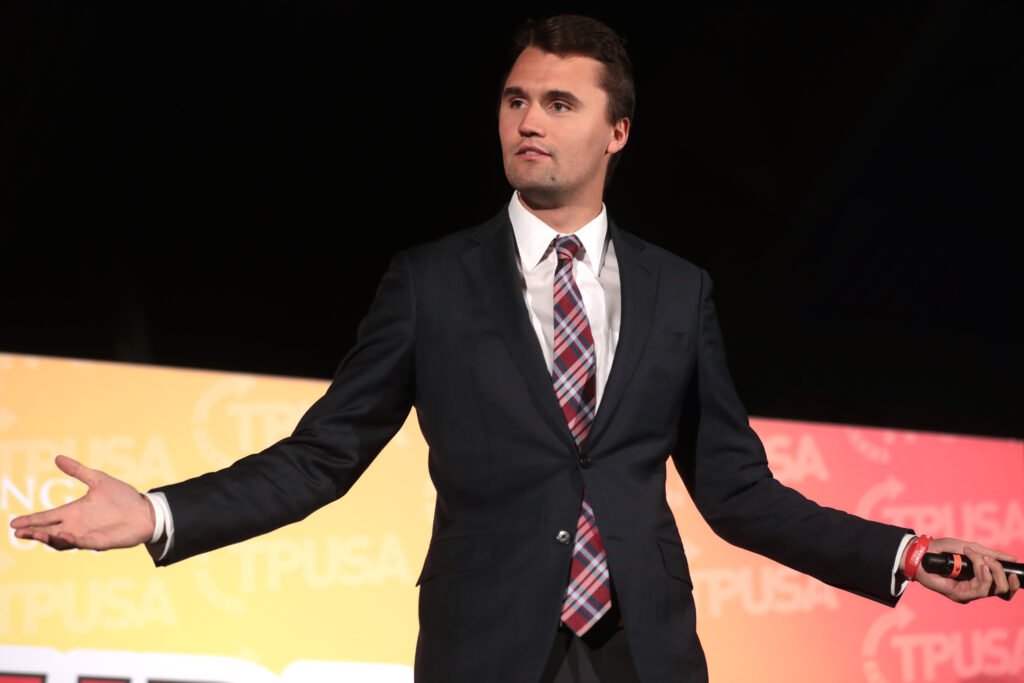
“This act of violence is reprehensible and has no place in our society,” said Utah Governor Spencer Cox. As of Wednesday afternoon, the campus remains under heightened security while authorities continue their search for answers.
News
Epstein Files to Be Declassified After Trump Order
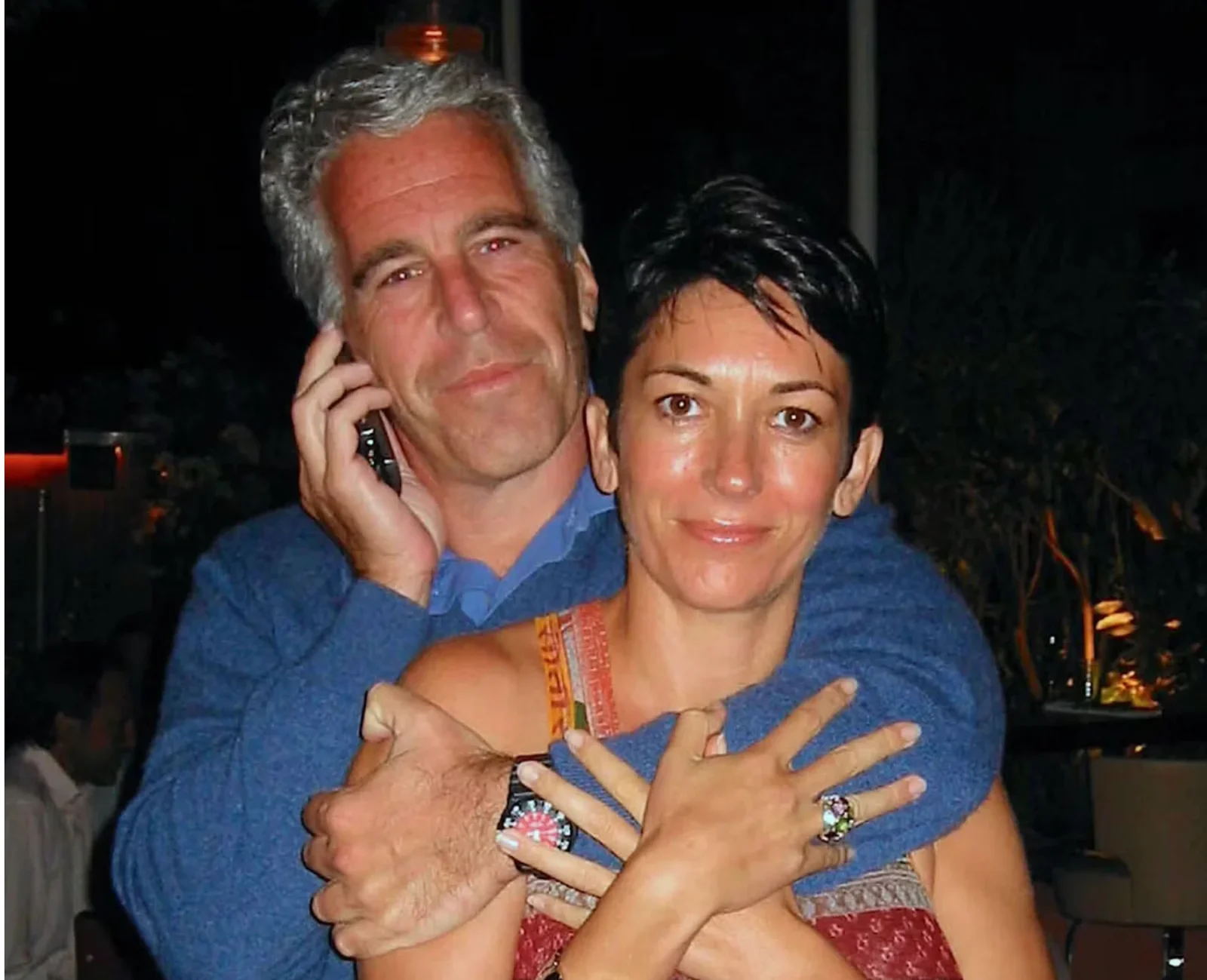
Former President Donald Trump has signed an executive order directing federal agencies to declassify all government files related to Jeffrey Epstein, the disgraced financier whose death in 2019 continues to fuel controversy and speculation.
The order, signed Wednesday at Trump’s Mar-a-Lago estate, instructs the FBI, Department of Justice, and intelligence agencies to release documents detailing Epstein’s network, finances, and alleged connections to high-profile figures. Trump described the move as “a step toward transparency and public trust,” promising that no names would be shielded from scrutiny.
“This information belongs to the American people,” Trump said in a televised statement. “For too long, powerful interests have tried to bury the truth. That ends now.”
U.S. intelligence officials confirmed that preparations for the release are already underway. According to sources familiar with the process, the first batch of documents is expected to be made public within the next 30 days, with additional releases scheduled over several months.
Reactions poured in across the political spectrum. Supporters praised the decision as a bold act of accountability, while critics alleged it was politically motivated, timed to draw attention during a volatile election season. Civil rights advocates, meanwhile, emphasized caution, warning that some records could expose private victims or ongoing legal matters.
The Epstein case, which implicated figures in politics, business, and entertainment, remains one of the most talked-about scandals of the past decade. Epstein’s connections to influential individuals—including politicians, royals, and executives—have long sparked speculation about the extent of his operations and who may have been involved.
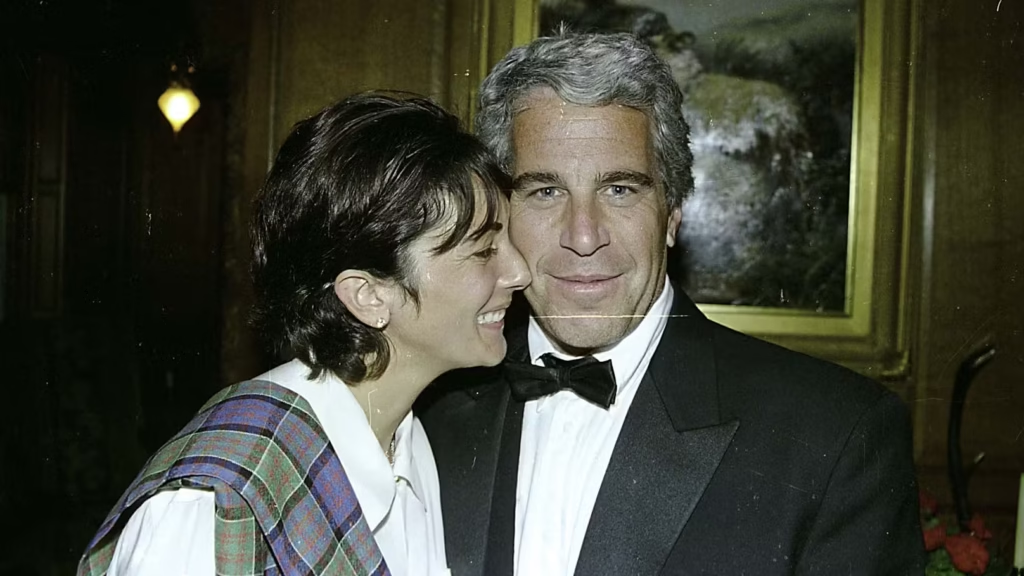
Former federal prosecutor Lauren Fields said the release could mark a turning point in public discourse surrounding government transparency. “Regardless of political stance, this declassification has the potential to reshape how Americans view power and accountability,” Fields noted.
Officials say redactions may still occur to protect sensitive intelligence or personal information, but the intent is a near-complete disclosure. For years, critics of the government’s handling of Epstein’s case have accused agencies of concealing evidence or shielding elites from exposure. Trump’s order promises to change that narrative.
As anticipation builds, journalists, legal analysts, and online commentators are preparing for what could be one of the most consequential information releases in recent history.
News
Trump Throws Epstein Files at Clinton’s Door
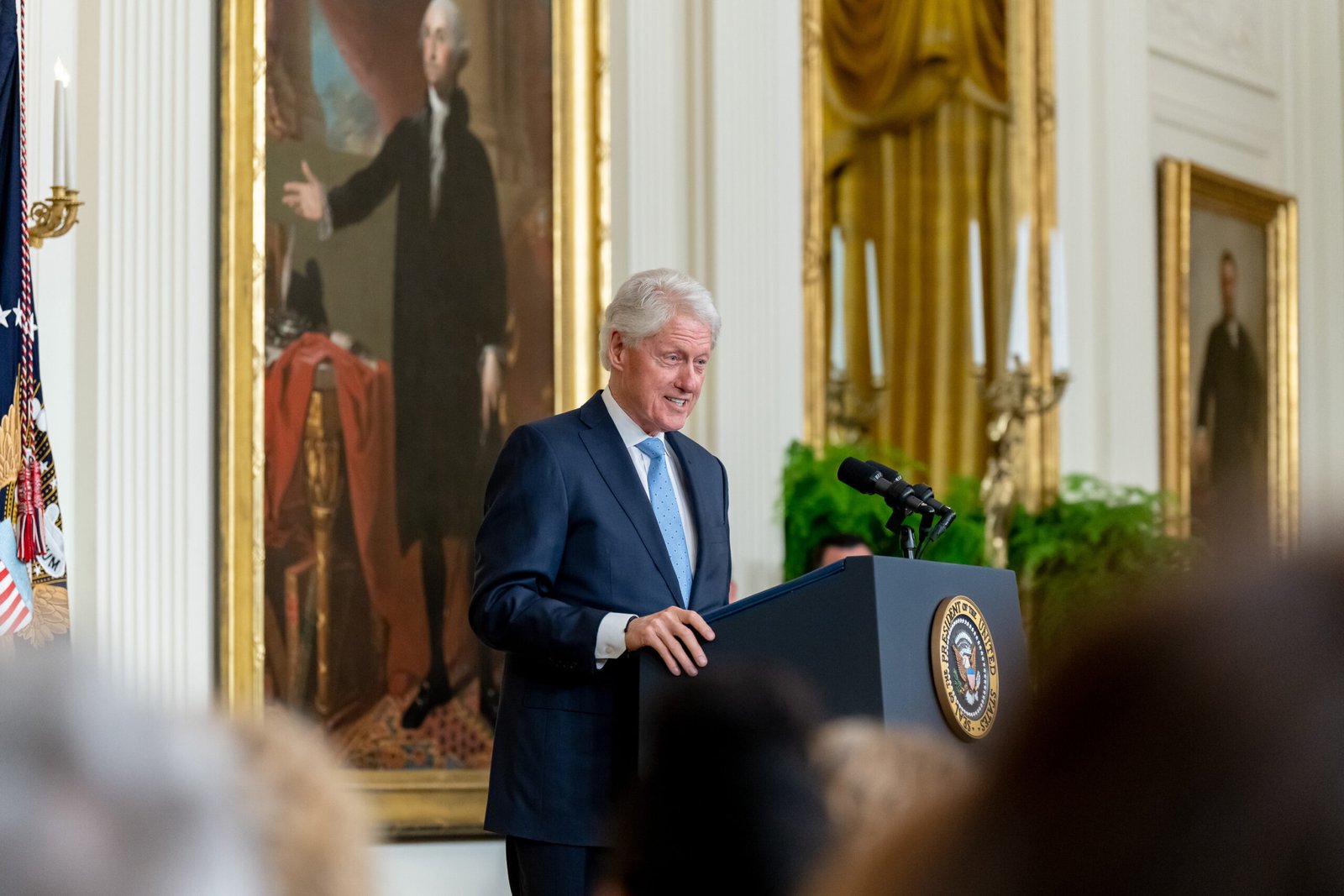
Donald Trump escalated the political drama surrounding the Jeffrey Epstein scandal this week by publicly pressing for the release of all Epstein-related documents, accusing his political rival, former President Bill Clinton, of conspiring to hide damaging information.

Trump’s dramatic call for transparency marks a sharp pivot in his approach to the years-long controversy over Epstein’s criminal network and its ties to influential figures. On November 16, he urged House Republicans to vote to release all files connected to Epstein, declaring on social media, “We have nothing to hide” and insisting investigations must now focus on Clinton and other Democrats.
This development follows the recent release of thousands of pages of documents including emails and communication logs that implicate various high-profile personalities. Epstein’s emails allegedly suggest Trump was aware of some of Epstein’s illicit activities, while Clinton’s involvement remains fiercely contested. Trump’s accusations that Clinton tried to cover up his ties to Epstein have reignited fierce debate.
Clinton’s team denies any knowledge of Epstein’s wrongdoing. His spokesperson emphasized that Clinton had “no involvement in Epstein’s crimes,” disputing claims that he ever visited Epstein’s private island—a claim directly challenged by some newly surfaced evidence from the released files.
Meanwhile, the Justice Department has confirmed it will launch a comprehensive investigation into Epstein’s connections across political, financial, and social circles, including ties to both Trump and Clinton. The decision follows Trump’s public directive and amid growing public and congressional pressure. A House vote to release even more Epstein-related documents is imminent, promising to bring further revelations.
As the Epstein saga unfolds anew, the political fallout deepens, with Trump and Clinton facing renewed scrutiny. The battle over these files could define political narratives for months to come, with implications for future elections and public trust in the political establishment.
This story will continue developing as more files are released and investigations proceed.
Politics
Trump’s $2,000 Tariff Dividend Plan: Who Gets Paid?
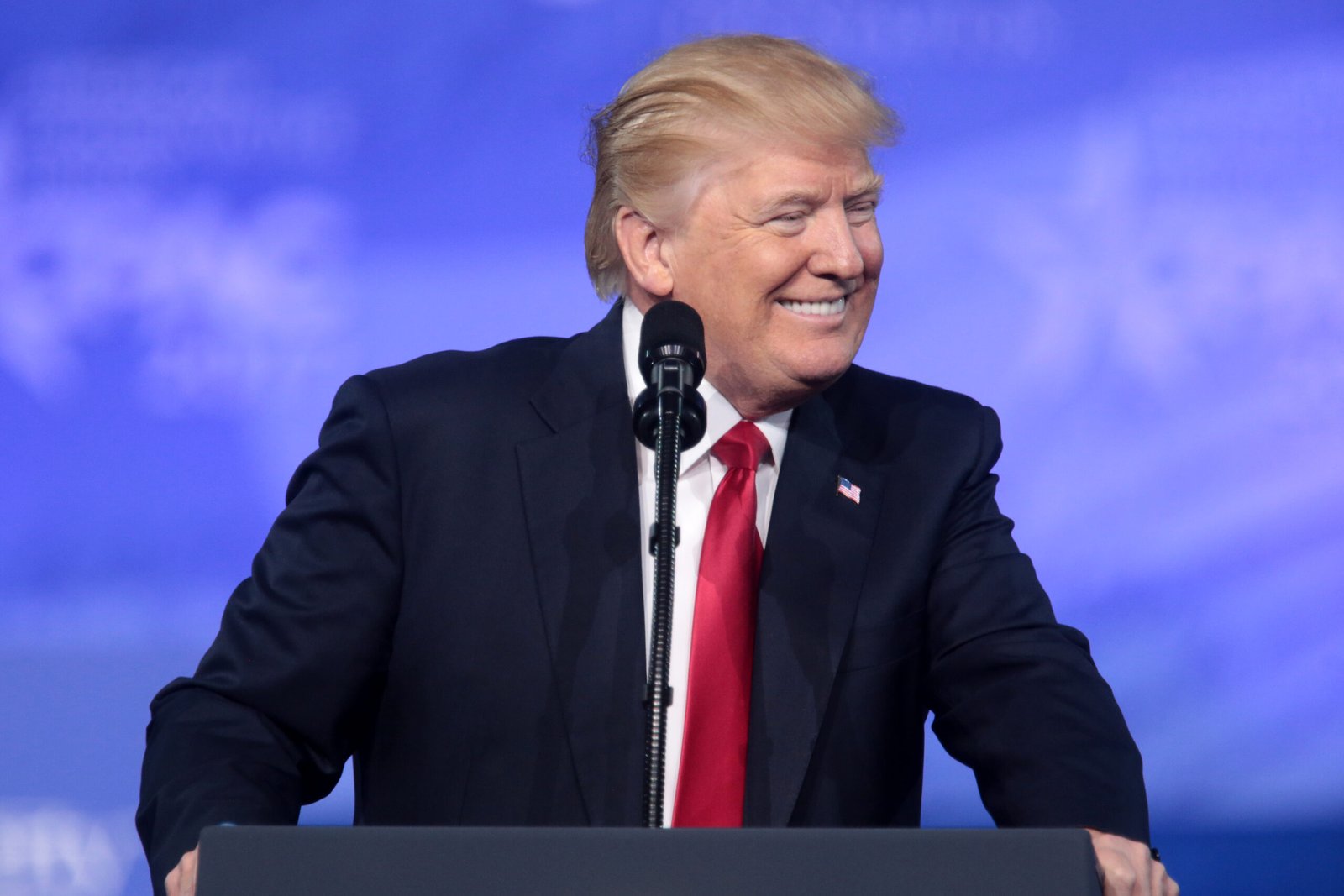
President Donald Trump’s latest promise of a $2,000 tariff dividend has captured the nation’s attention, raising questions about who qualifies, where the money comes from, and what’s next for his populist economic agenda.
What Is the $2,000 Tariff Dividend?
Trump announced via Truth Social that a “dividend of at least $2,000 a person (not including high income people!) will be paid to everyone” from tariff revenue collected by the U.S. government. The idea is simple: use funds generated by tariffs on foreign goods to send direct payments to Americans, excluding those deemed “high income”.
Who Gets Paid?
According to Trump, everyone except high-income earners is eligible. Specifics—like what counts as “high income”—haven’t been clarified, and Treasury officials stressed that details have not been finalized. Some analysts predict that eligibility and payment structure would be similar to previous stimulus checks or tax rebates.
Is This Real and When Is It Coming?
At this stage, the $2,000 dividend is a proposal, not law. Congress would likely need to approve such payouts, and legal challenges to the scope of Trump’s tariff powers are ongoing in the Supreme Court. Treasury Secretary Scott Bessent stated that “the $2,000 dividend could come in lots of forms, in lots of ways.” He suggested the benefit may arrive as new tax cuts—such as eliminating taxes on tips and overtime pay—rather than a direct payment.
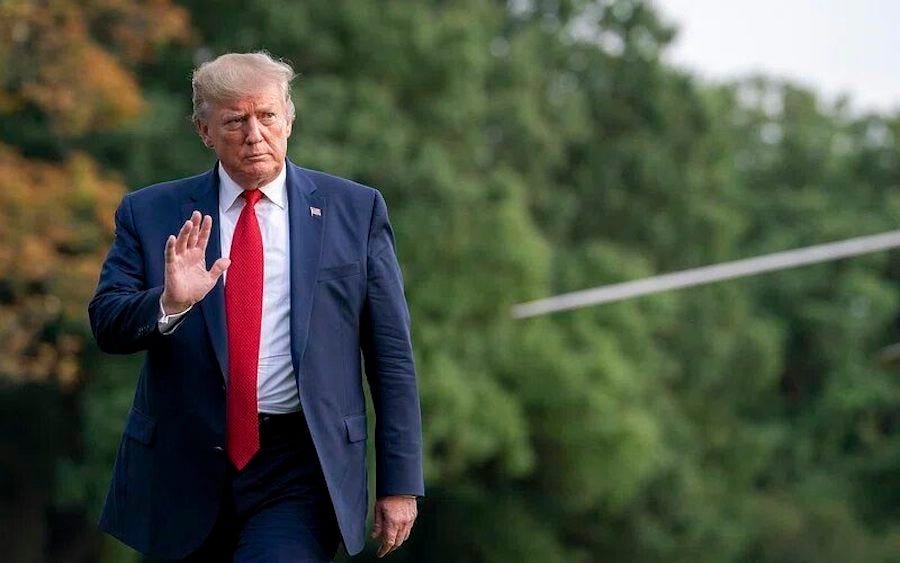
The Numbers Behind the Promise
Trump claims the government is “taking in trillions of dollars” from tariffs and says the dividend could help pay down the $37+ trillion national debt. However, actual customs duties collected in 2025 totaled $195 billion—far short of these projections. While the Congressional Budget Office predicts tariffs might raise $3.3 trillion over ten years, there are doubts about whether such revenue can cover direct payments at scale, especially as inflation and trade relationships evolve.

Public Reaction and Outlook
The idea of a tariff-funded payout is generating significant interest, especially amid high living costs and economic uncertainty. Many Americans wonder if and when these funds will materialize. For now, Trump’s $2,000 tariff dividend remains a high-profile campaign promise rooted in broader debates about trade, stimulus, and economic justice.
As legal, political, and fiscal questions swirl, Americans are left waiting to see if “Trump’s $2,000 Tariff Dividend Plan” will move from headline to reality.

 News4 weeks ago
News4 weeks agoDiddy Wakes Up to Knife in Prison Attack

 Entertainment4 weeks ago
Entertainment4 weeks agoKim and Kanye’s Daughter North West Faces Criticism Over Her Tattoos

 Health4 weeks ago
Health4 weeks agoOral Sex Is Spreading More Than Pleasure — It’s Fueling a Cancer Surge

 Business4 weeks ago
Business4 weeks agoHarvard Grads Jobless? How AI & Ghost Jobs Broke Hiring

 Entertainment2 weeks ago
Entertainment2 weeks agoAfter Party: Festival Winner for Best Romantic Short

 News1 week ago
News1 week agoCamp Wackapoo – Rise of Glog Takes Center Stage

 Entertainment1 week ago
Entertainment1 week agoFrancisco Ramos Takes Top Mockumentary Award at Houston Comedy Film Festival

 Politics2 weeks ago
Politics2 weeks agoMamdani’s Victory Triggers Nationwide Concern Over New York’s Future




